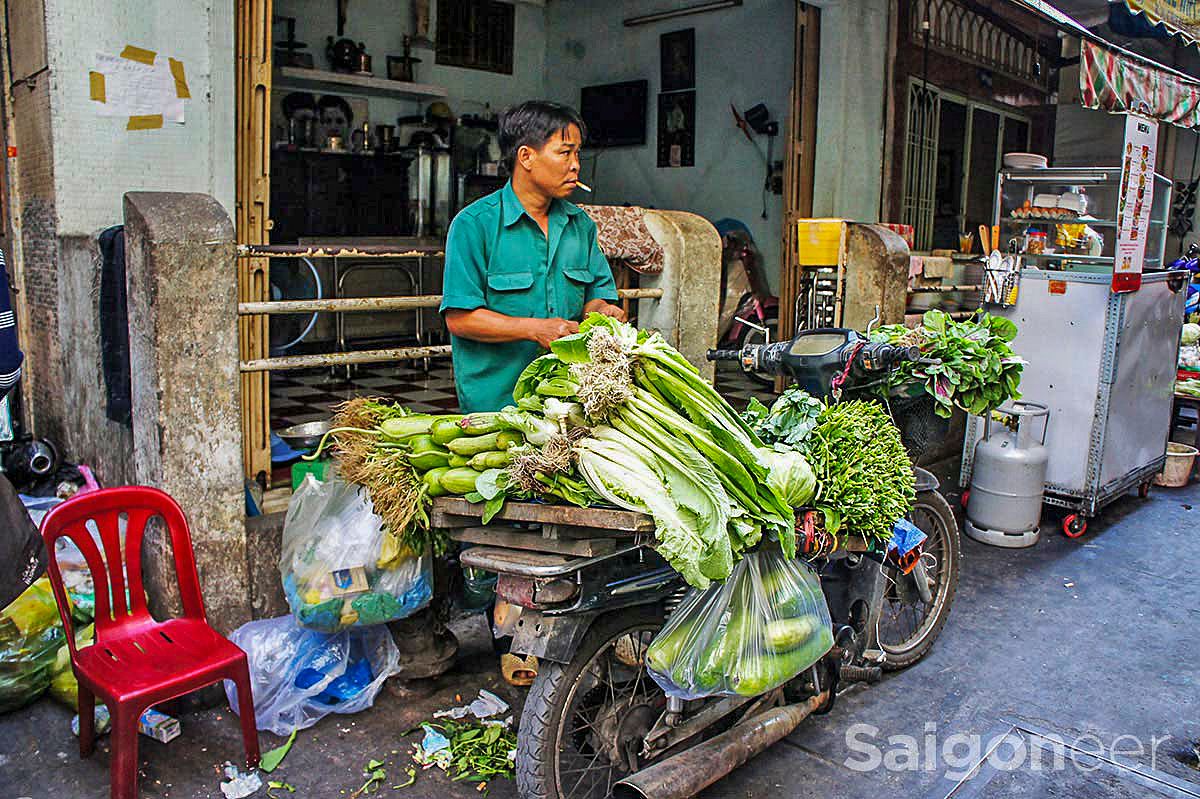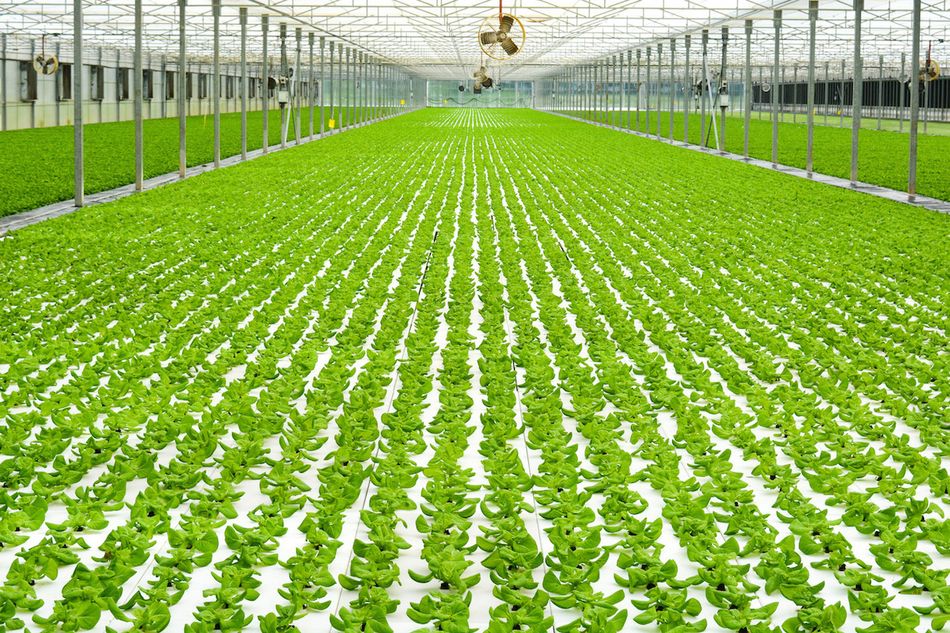For decades, much of the western world has been skeptical of monosodium glutamate (MSG), better known as Ajinomoto to Vietnamese. However, as research has suggested time and again, there is actually nothing to fear when it comes to this magical, umami-filled flavor enhancer.
According to FiveThirtyEight, Japanese chemist Kikunae Ikeda was the first person to stabilize the naturally occurring glutamate with salt by extracting the compound from seaweed in 1907. The chemist later named his creation Aji No Moto – literally the “essence of taste” – and sold the white powder in supermarkets across the continent.
For the next 60 years, Japan and many other Asian countries took full advantage of Ikeda's flavor enhancer, sprinkling it on soups and a plethora of other dishes when ingredients weren't at their best quality. Now known as the fifth taste – after sweet, salty, sour and bitter – the umami goodness of MSG became an essential ingredient in many Asian kitchens.
However in the late 60s, a man named Ho Man Kwok ruined it for everyone. A doctor, Kwok wrote in to the New England Journal of Medicine, which published his letter in a 1968 issue, reports The Guardian. In his correspondence, Kwok described the discomfort he often felt after dining at Chinese restaurants, which included radiating pains, weakness and heart palpitations.
Almost as soon as his letter was published, other readers chimed in, detailing similar experiences, and the medical community began to point to cooking wine, MSG and excessive salt as possible culprits for these symptoms. Thus, a phenomenon then known as “Chinese Restaurant Syndrome” – now known as MSG symptom complex – came to be.
Fresh on the heels of this panic, researchers began to study the effects of MSG consumption. While early studies on the subject supported the existence of such symptoms, FiveThirtyEight argues these studies were flawed, as most participants knew whether they were consuming MSG or not, allowing for the nocebo effect, in which a person experiences negative symptoms merely as a result of their suggestion.
Later studies, however, have actually found that most people, despite their claims of MSG sensitivity, don't actually have a reaction to the substance when they are unaware that they're eating it. In fact, everyone from the European Union to the United Nations food agencies to the British, Japanese, American and Australian governments have given the powder a “clean bill of health”, reports The Guardian.
Rather, the MSG myth has been perpetuated for decades in part due to these earlier, flawed studies as well as the heightened xenophobia which many western countries had – and sometimes still have – toward Asian communities. Citing food historian Ian Mosby's 2009 paper “‘That Won-Ton Soup Headache’: The Chinese Restaurant Syndrome, MSG and the Making of American Food, 1968-1980”, FiveThirtyEight writes: “fear of MSG in Chinese food is part of the U.S.’s long history of viewing the 'exotic' cuisine of Asia as dangerous or dirty. As Sand put it: 'It was the misfortune of Chinese cooks to be caught with the white powder by their stoves when the once-praised flavor enhancer suddenly became a chemical additive.'”
Nowadays, even restaurants in Vietnam – and elsewhere in Asia – use “No MSG” stickers on their menus as a selling point, but the reality is that, with the exception of a small group of people, the savory deliciousness of Ajinomoto has no negative impact on your health at all.
[Photo via Wired]
Related Articles:
- How I Learned To Stop Worrying And Love The Gluten
- Saigon Has Failed at Food Safety Management: Official














